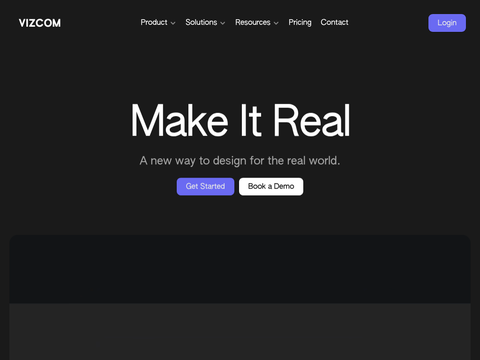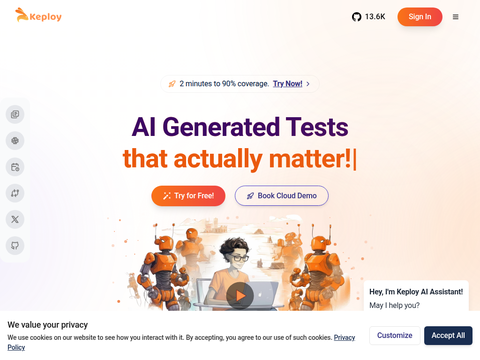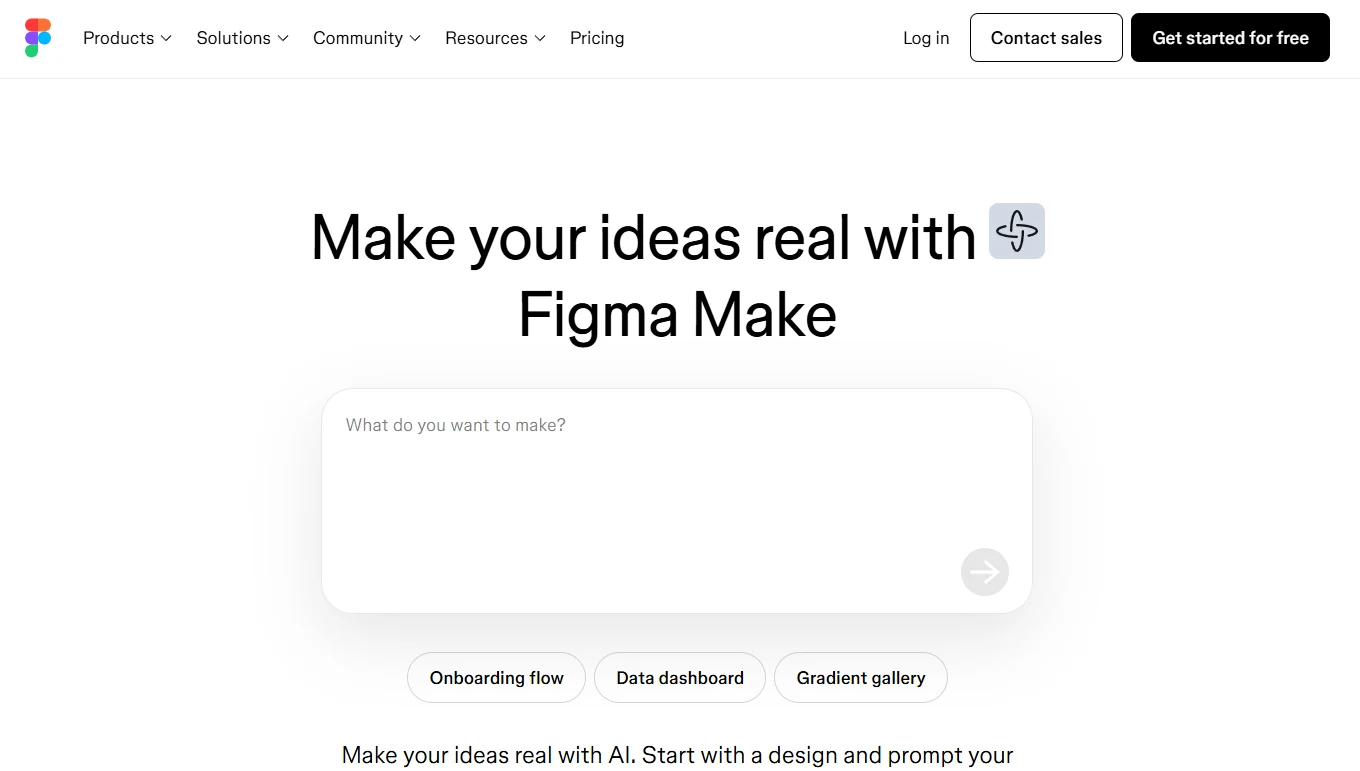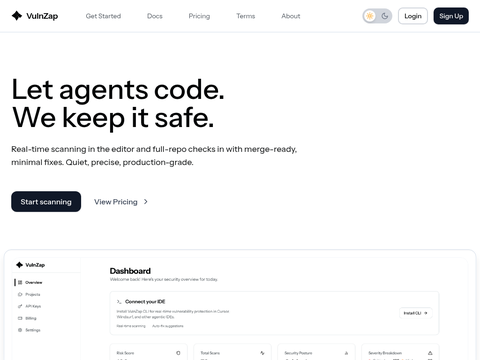Microsoft recently unveiled a major breakthrough on its AI frontier blog: the official launch of the new AI model, OmniParser. This completely vision-based graphical user interface (GUI) agent has been openly released on the Hugging Face platform under the MIT license, attracting extensive attention across the industry.
The launch of OmniParser further cements Microsoft's leading position in the AI agent industry. This technological achievement undoubtedly leverages Microsoft's extensive experience and outstanding accomplishments in autonomous AI agents. Notably, as early as September this year, Microsoft collaborated with Oracle and Salesforce to join the AI Agent Workforce Super League, demonstrating its forward-looking strategy and ambition in the AI domain.
It is reported that the development of OmniParser was not achieved overnight. As early as March 2024, Wan Jianqiang and his team from Alibaba Group and Huazhong University of Science and Technology first proposed the concept of OmniParser in a research paper, envisioning it as a unified framework that integrates text recognition, key information extraction, and table recognition. After months of research and optimization, Microsoft officially released a detailed paper on OmniParser in August this year, thoroughly outlining its technical features and advantages as a purely vision-based GUI agent.
On the Hugging Face platform, OmniParser is described as a versatile tool capable of effortlessly converting user interface screenshots into data, significantly enhancing large language models (LLMs) in their comprehension of the interface. This release also includes two types of datasets: one for detecting clickable icons and another for describing the functionality of each icon and the meaning of UI elements, providing robust data support for OmniParser's broad application.
In performance testing, OmniParser has demonstrated exceptional capabilities. In multiple benchmark tests such as SeeClick, Mind2Web, and AITW, OmniParser outperformed GPT-4V and OpenAI's visually-enabled GPT-4, fully demonstrating the advanced and practical nature of its technology.
To ensure compatibility with current vision-based LLMs, OmniParser has been integrated with the latest Phi-3.5-V and Llama-3.2-V models. Test results indicate that, compared to the unfine-tuned Grounding DINO model, the fine-tuned interactive area detection model (ID) exhibits significant performance improvements across all task categories. This performance boost is due to OmniParser's "Local Semantics" (LS) technology, which correlates each icon's functionality with its purpose, thereby enhancing the performance of GPT-4V, Phi-3.5-V, and Llama-3.2-V.
In terms of integration with GPT-4V, OmniParser also demonstrates tremendous potential. As the use of various LLMs surges, the demand for enhanced AI agents with diverse functionalities within user interfaces continues to grow. However, due to limitations in screen parsing technology, the potential of models like GPT-4V to function as general agents within operating systems is often underestimated. Nevertheless, according to ScreenSpot benchmark results, OmniParser significantly enhances GPT-4V's ability to correctly align generated actions with interface-related regions, opening new possibilities for GPT-4V's application within operating systems.
This achievement is also supported by another paper co-authored by Microsoft researchers in collaboration with Carnegie Mellon University and Columbia University. The paper showcases the "Windows Agent Arena" test, which utilizes OmniParser integrated with GPT-4V to perform scalable multi-modal operating system agent operations, further validating OmniParser's practicality and potential.
The release of OmniParser by Microsoft has undoubtedly injected new vitality into the development of AI agent technology. In the future, as the technology continues to mature and its application scenarios expand, OmniParser is expected to play a significant role in more areas, bringing greater convenience and efficiency to people's lives and work.








